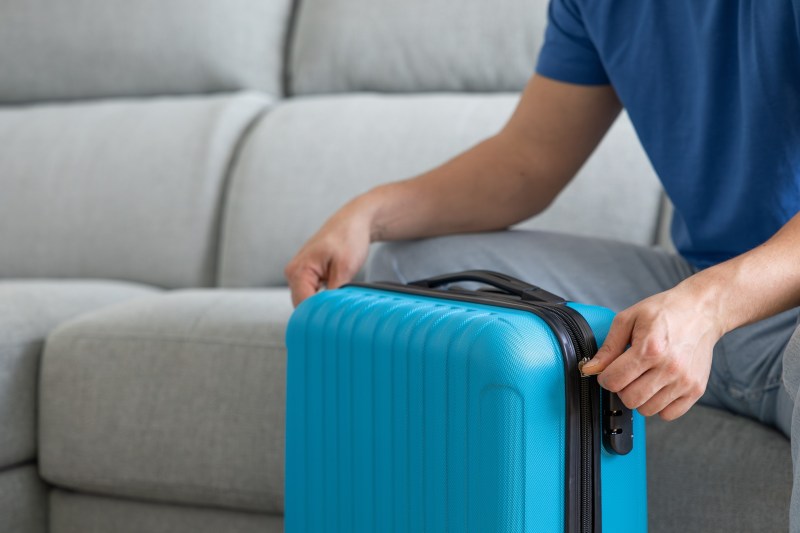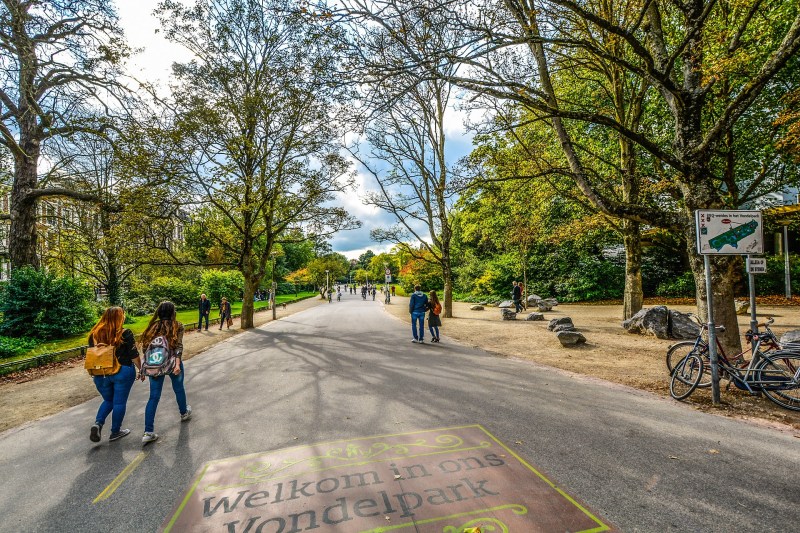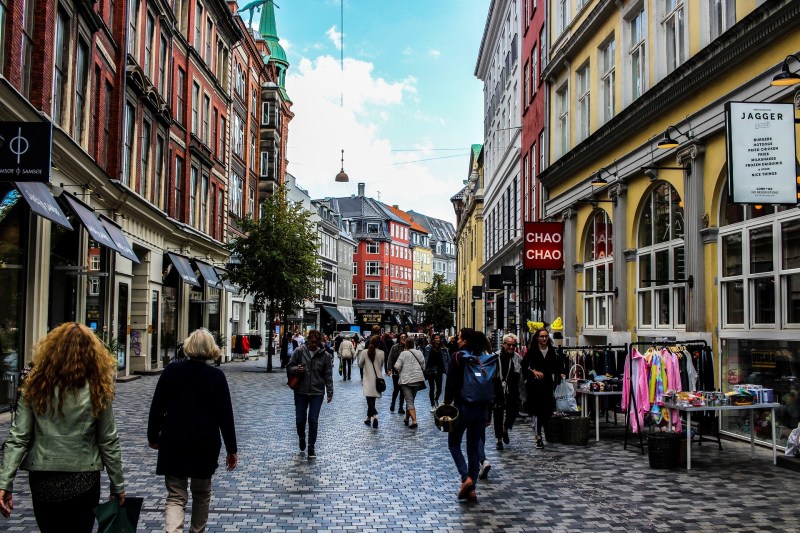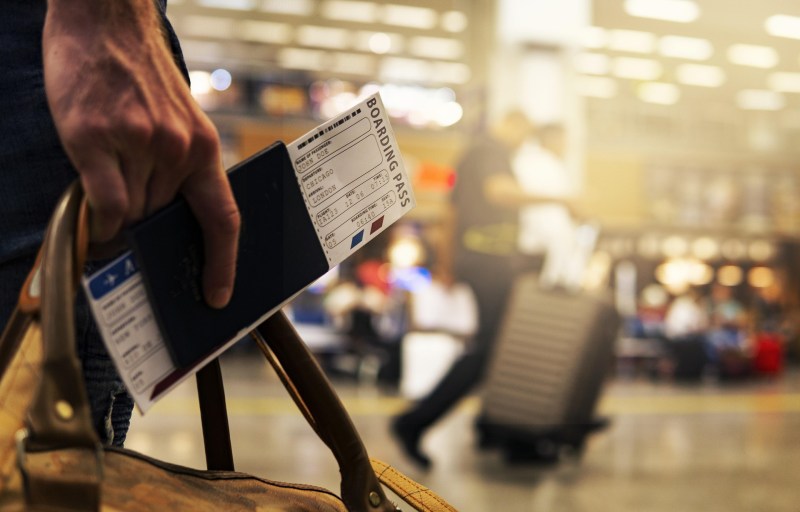If you’ve ever dreamed of visiting your favorite destinations without elbowing through crowds or paying sky-high prices, you might just fall in love with shoulder season travel. This sweet spot, the period between peak and off-peak travel times, is one of the travel world’s best-kept secrets. From international travel to a quick weekend getaway, shoulder season can transform your trip.
I’m a big fan of traveling during these in-between months. I’ve wandered the canals of Amsterdam without the summer tourist crush, explored London at a relaxed pace, and made some of my favorite New York City memories in that window between the summer rush and the coldest part of the year. Let’s explore why shoulder season is the secret to more affordable, better vacations, and how to make the most of it.
What is shoulder season travel?

Shoulder season travel is that in-between time when the high-season crowds have gone home, but the low-season chill (or rainstorms) hasn’t kicked in yet. For most places, that means spring and fall (April to May and September to October) when the weather is still pleasant, but hotels and airlines start dropping prices to fill seats and rooms.
In Europe, this could mean wandering through Paris in late April when café patios are open but not packed, or enjoying Berlin’s streets in September when the leaves start turning. Head to the Caribbean in late spring, and you’ll find warm, sunny days before hurricane season ramps up.
Even ski destinations have a shoulder season, usually in late March or early April, when the slopes are still open, but lift lines are shorter than they would be during the busiest months.
The cost benefits of shoulder season travel

If you want to plan an affordable vacation, shoulder season is where the real magic happens.
Lower airfare
With fewer travelers flying, airlines often trim prices during shoulder season. In fact, flight fares to Europe in spring can be 15% to 25% lower, and up to 32% cheaper in fall compared to peak summer rates, according to a recent report from Dollar Flight Club.
Discounted accommodations
Need a great deal on lodging? You’re in luck. A UK-based study found shoulder-season package holidays can be 20% to 40% cheaper than during peak periods.
A study from Radical Storage found that in Paris, hotel rates plunge from around $866 per night at peak to about $344 in shoulder season. That’s a whopping $522 saved per night.
More value for money
It’s not just lower prices, it’s extras that make your buck stretch: room upgrades, free breakfasts, and bundled packages are more common when demand is low. Hotel brands know they need to stand out, and that often means offering extra perks to attract shoulder-season travelers.
Ideal weather without the hassle

A lot of people hear “shoulder season” and assume it means you’ll be stuck sightseeing in a downpour or shivering through your vacation. However, while you might have to dodge a rain shower here and there, weather during shoulder season is often pleasantly mild, without the extremes of peak summer heat or deep-winter cold.
Think Mediterranean beaches in September, when the water is still warm enough for swimming but the scorching summer sun has mellowed out. Or ski resorts in late March, where you can still enjoy fresh powder without battling subzero mornings and that dreaded icy wind.
Fewer crowds, more enjoyment

One of the best perks of shoulder season travel? You don’t have to fight for elbow room everywhere you go. Attractions, restaurants, and even public transportation are far less crowded, which means less time in line and more time actually enjoying yourself.
When I was in Amsterdam during shoulder season, we booked museum tickets the night before and had no problem getting in. A friend who visited during peak summer wasn’t so lucky. They couldn’t get into the museum they wanted because tickets were booked solid six weeks in advance. That’s the difference shoulder season makes.
It’s also easier to snag last-minute tours or grab the best restaurant tables without a reservation. Plus, with fewer tourists (and fewer loud groups of fellow Americans), the experience feels more authentic and connected to the local culture.
Extra perks of traveling in shoulder season

Beyond the savings and smaller crowds, shoulder season comes with some pretty great bonuses you just won’t find at other times of year. For one, you can catch seasonal festivals and events that aren’t part of the peak-season calendar, such as the magical Copenhagen Light Festival in February or the Festival du Livre de Paris in April.
Nature lovers can score big, too. Shoulder season often lines up with incredible wildlife moments, like whale migrations along the California coast in spring, the great wildebeest migration in Tanzania’s Serengeti in fall, or birdwatching in Costa Rica before the rainy season kicks in. National parks may also relax certain restrictions, meaning more trails and areas are open to explore.
Tips for planning your shoulder season trip

- Research your destination’s shoulder season dates: They can vary widely depending on location.
- Book flights and hotels early: Prices may be lower, but the best deals (and rooms) still go fast.
- Check local event calendars: Major festivals, holidays, or conferences can spike prices and bring in extra crowds even during shoulder season.
- Pack for variable weather: Layers, a light rain jacket, and versatile shoes can help you handle warm afternoons and cool mornings.
- Stay flexible with your dates: Even shifting your trip by a week can lead to big savings on flights and accommodations depending on your destination.




